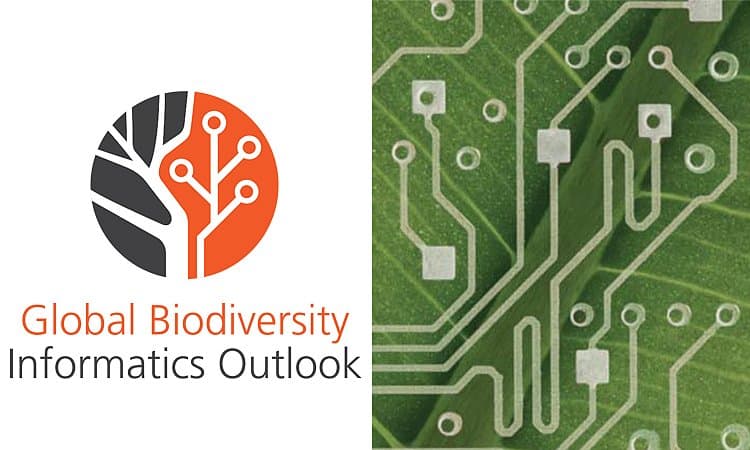The Global Biodiversity Informatics Outlook: delivering biodiversity knowledge in the information age

It was only 60 years ago, in 1953, when Watson and Creek published the DNA double-helix model on Nature. Since then, just over half a century later, we have been able to sequence entire genomes of animals, plants, and microbes.
Tools such as physical and chemical sensors, imaging systems, remote-sensing systems and global positioning tools have enabled us to collect an enormous amount of data that can help us understand the complexity of the variety of life on Earth.
But how can we harness, organize and make all this knowledge of biodiversity available so it can be shared and used to inform policies and investments for a sustainable future? This is where the ‘Global Biodiversity Informatics Outlook (GBIO)’ steps in.
GBIO sets out a framework to harness the immense power of information technology and an open data culture to gather unprecedented evidence about biodiversity and to inform better decisions.
Bioversity International
This article’s original version is posted on the Bioversity International website.




